Introduction to Exterior Wall Sandwich Panels
Exterior wall sandwich panels are a versatile and efficient solution for modern construction, offering a composite structure that is both lightweight and robust. These panels consist of two outer skins with an insulating core material in between, providing excellent thermal and acoustic properties.
Types and Materials
The diversity of core materials available for exterior wall sandwich panels caters to various insulation needs and environmental conditions. Common types include EPS (Expanded Polystyrene) panels, PIR (Polyisocyanurate) panels, and those incorporating mineral wool or fiberglass. Each material offers distinct advantages, from fire resistance to superior insulation performance.
Applications and Features
Exterior wall sandwich panels are widely used in residential, commercial, and industrial buildings due to their quick installation and cost-effectiveness. Their lightweight nature contributes to reduced structural loads, while the panel's composite design ensures durability and resistance to environmental factors.
Advantages of Sandwich Panels
The use of exterior wall sandwich panels in construction projects brings numerous benefits. They are known for their excellent insulating properties, which contribute to energy efficiency. The fire-retardant qualities of materials like mineral wool make these panels a safe choice for areas prone to wildfires. Additionally, the ease of installation and maintenance makes them a practical option for various architectural needs.
Environmental Considerations
In the context of environmental sustainability, exterior wall sandwich panels stand out for their energy-saving potential. By providing superior insulation, they help in maintaining internal temperatures, thereby reducing the reliance on heating and cooling systems. This energy efficiency is a step towards eco-friendly building practices.
Choosing the Right Panel
Selecting the appropriate exterior wall sandwich panel involves considering the specific requirements of a project, such as thermal performance, fire resistance, and overall durability. It is essential to assess the climatic conditions and the intended use of the building to ensure the chosen panel meets the necessary standards.


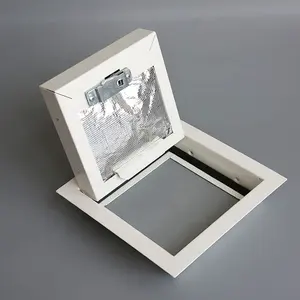

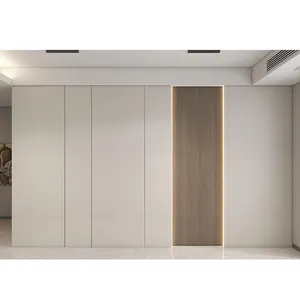


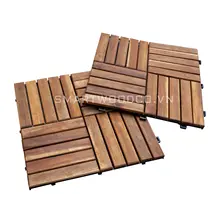

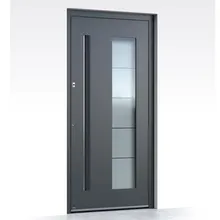






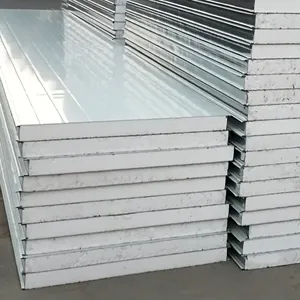

























 浙公网安备 33010002000092号
浙公网安备 33010002000092号 浙B2-20120091-4
浙B2-20120091-4